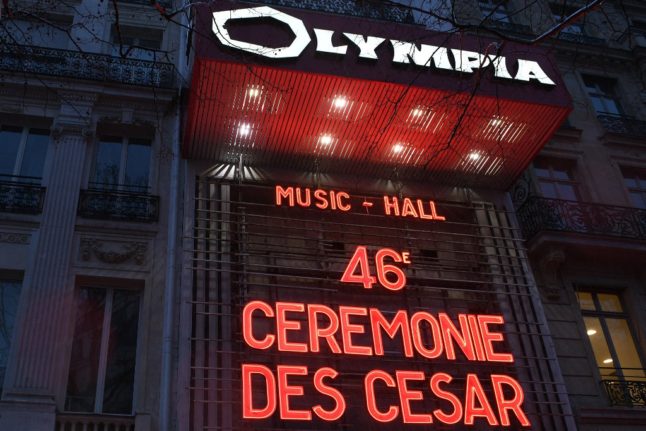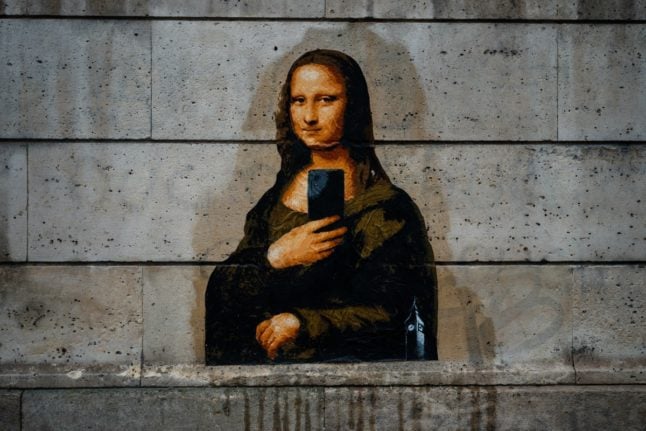There were fears of protests at the event on February 25 over the latest #MeToo furore involving newcomer Sofiane Bennacer, who is being investigated by police on two allegations of rape and one of violence against a partner.
Bennacer, 25, who denies any wrongdoing, had been seen as an awards frontrunner for his part in “Les Amandiers” (titled “Forever Young” abroad) about a sexually promiscuous group of drama students in the 1980s.
It also follows protests at the 2020 ceremony when Roman Polanski, convicted of raping a child in the 1970s, won best director — which triggered a major reorganisation of the Cesar Academy.
In a statement, the Academy said anyone facing a potential prison sentence for “violence, notably of (a) sexual or sexist nature” would be excluded from the coming ceremony.
“It has been decided not to highlight people who may have been put in question by the judiciary for acts of violence,” it said, adding that the step was being taken “out of respect for the victims”, even if they were only “presumed” victims.
Bennacer was dropped from the longlist of possible nominees in November after fresh allegations surfaced in the media.
The director of “Les Amandiers”, Valeria Bruni-Tedeschi (also said to be Bennacer’s girlfriend), denounced “a media lynching”.
She admitted on Instagram that the film’s producers were aware of allegations against Bennacer during the casting, “but I told them these rumours would not stop me and I couldn’t envision making the film without him.”
Her famous sister, singer and former French First Lady Carla Bruni, said the actor’s treatment undermined the presumption of innocence, “one of the foundations of our democracy”.
The Cesar Academy said it was still debating whether people with sexual misconduct allegations and convictions should be banned entirely from future nominations and awards, with a decision due in the coming weeks.




 Please whitelist us to continue reading.
Please whitelist us to continue reading.
Member comments